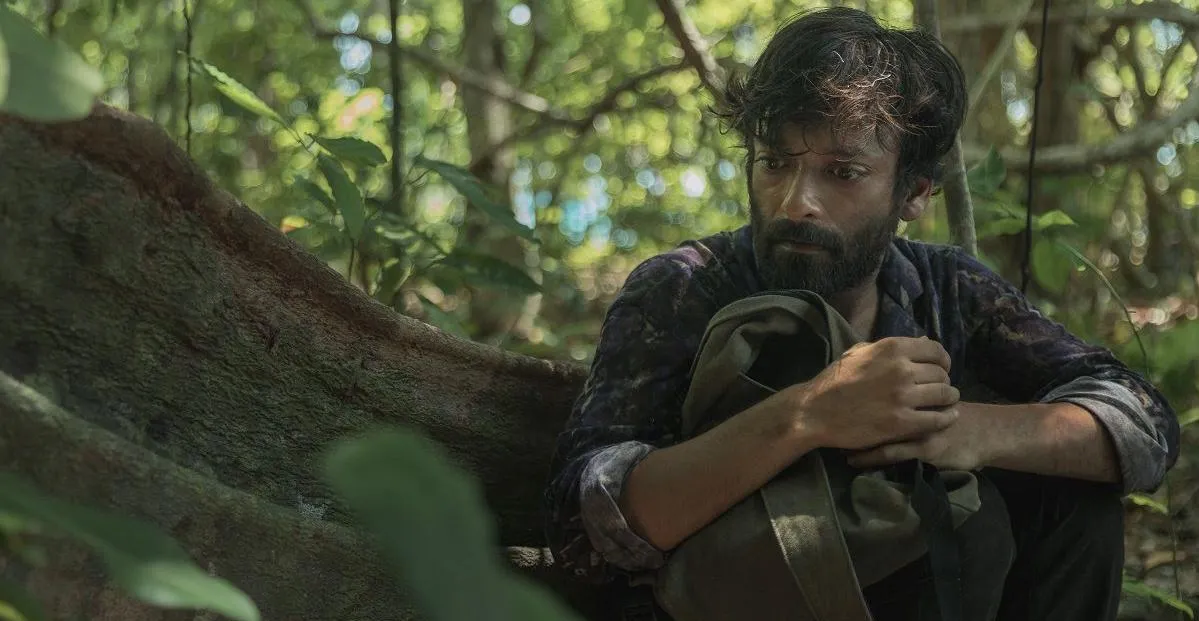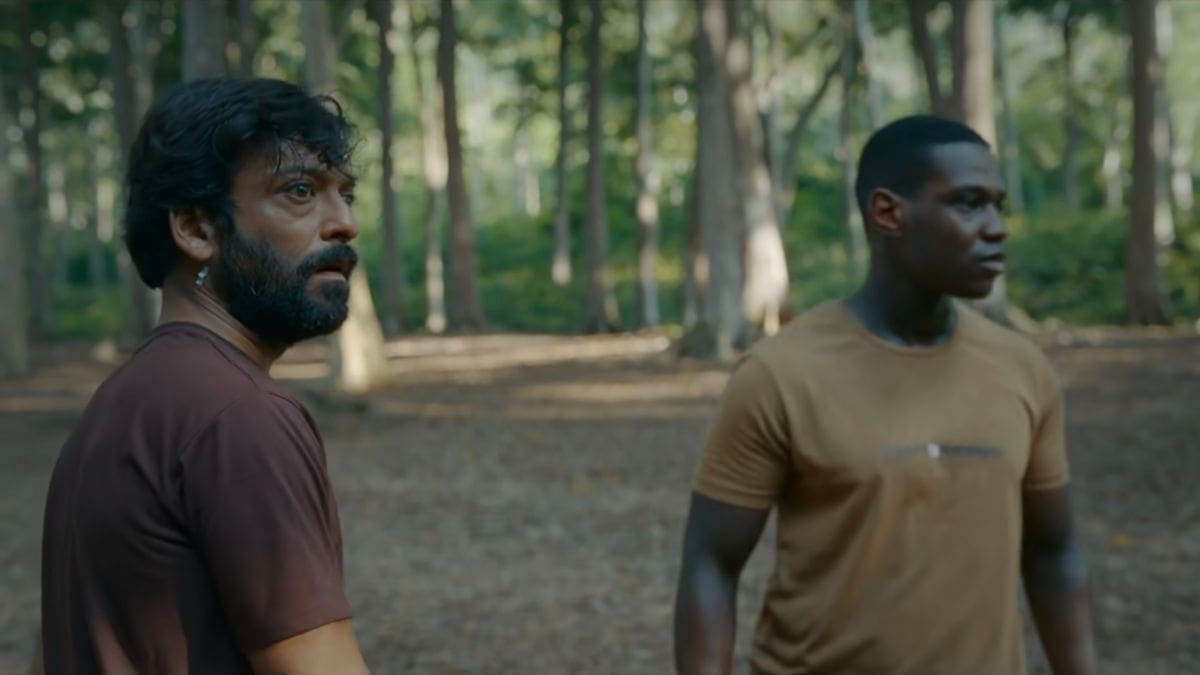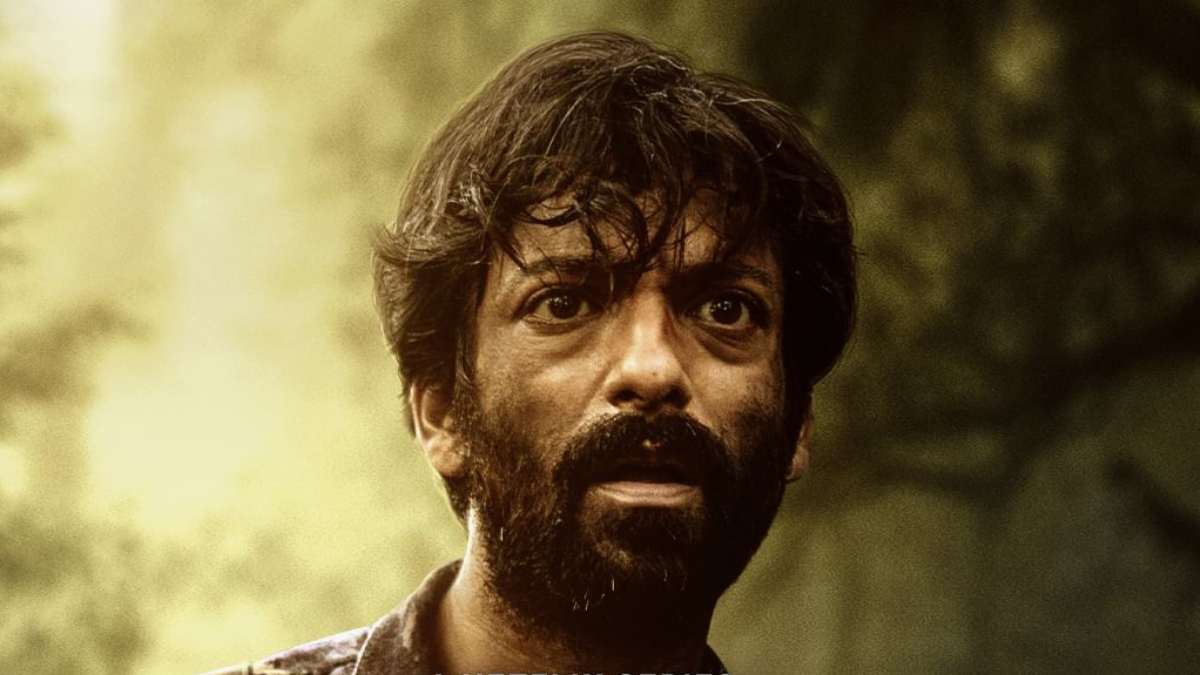During the British Raj, the Cellular Jail in the Andaman Islands earned the ominous nickname Kala Pani, or “Black Water.” Its remote location, harsh climate, and brutal methods of punishment made it a dreaded prison where death was almost inevitable. Surrounded by the sea, it became symbolic of isolation, suffering, and despair. In Kaala Paani, the series draws a parallel to this historical horror by setting a new, futuristic narrative in the same islands, transforming the “black water” into a modern-day symbol of danger not from colonial rulers but from a deadly, mysterious disease.
The series is set in 2027, seven years after a catastrophic coronavirus outbreak. The memory of the pandemic is still vivid, with masks, temperature checks, and containment zones forming part of daily life. When tourists arrive in the Andamans, they notice the unusually strict health precautions, immediately suspecting a renewed epidemic. What begins as a normal vacation soon turns into a tense and terrifying experience. The administrative measures are precautionary, but the public panic and underlying threat suggest that something far more sinister is unfolding beneath the idyllic island surface.
Dr. Saudamini Singh, the Chief Medical Officer at Port Blair’s Central Hospital, first detects the outbreak. Observing patients with high fever, dry throat, nausea, and black rashes on the neck, she suspects a mysterious disease reminiscent of one reported in 1989. Singh quarantines eleven patients, determined to identify the source.
Initially reluctant to involve others, she later accepts help from Ritu Gagra, a young scientist from the mainland’s NICD. Together, they begin investigating the origin, aware that the upcoming Swaraj Mahotsav festival, attracting thousands of tourists, could turn the island into a disaster zone if the disease spreads uncontrollably.

Authorities Ignore Warnings, and Corporate Negligence Causes a Deadly Outbreak Through Contaminated Water Sources
Despite Singh’s warnings, Lt. Gen. Qadri and SDPO Ketan Kamat dismiss her concerns. Kamat falsely attributes the illness to adulterated alcohol and secures a confession from a local shopkeeper, convincing authorities to allow the Swaraj Mahotsav to proceed. Singh initially doubts her own assessment, but a patient’s claim of abstaining from alcohol during religious observances forces her to reconsider.
Her investigation leads her to Jenkins Island, where she discovers dead bodies and realizes that contaminated water from Jenkins Lake is the source. Singh dies trying to warn others, while Ritu confirms the disease is leptospiral hemorrhagic fever (LHF 27), a highly dangerous waterborne infection.
Chiranjeevi, known as Chiru, is introduced as a morally ambiguous character harboring resentment toward the indigenous Oraka tribe due to his parents’ tragic deaths linked to their advocacy. During LHF 27, he abducts Enmae, an Oraka man, seeking to understand the tribe’s immunity.
He learns that Orakas possess a natural peptide capable of countering the disease, stemming from their historical knowledge of the Andamani Echinacea plant. Discovering that he himself is half-Oraka, Chiru volunteers to undergo a risky procedure to protect Enmae, demonstrating both personal growth and a commitment to safeguarding the tribe while ensuring a potential cure for thousands on the islands.
The deadly outbreak is traced to ATOMS, a corporate entity that built a helipad over Jenkins Botanical Park, destroying an Oraka burial ground known as Attavus. Unaware of the botanical significance, ATOMS disrupted the natural habitat of the Andamani Echinacea plant.
This selfish act unintentionally caused widespread contamination and the emergence of LHF 27. The series highlights how corporate negligence and disregard for indigenous knowledge can have catastrophic consequences. Ketan’s investigation reveals that human greed, rather than a natural disaster, is the root cause, emphasizing the moral and ethical dimensions of the crisis.

Ritu and Jyostna Risk Everything to Locate Andamani Echinacea and Save Lives
Ritu, along with nurse Jyostna, undertakes the task of finding Andamani Echinacea, believed to hold the cure. Jyostna’s efforts include protecting children, Kaddu and Parth, at Basu’s bunker, where she uncovers historical records from the Japanese occupation of the Andamans. These diaries detail past outbreaks, identify immune individuals, and mention the locations of the critical plant. Jyostna’s bravery and resourcefulness provide crucial support to Ritu, who must rely on historical knowledge, local expertise, and intuition to locate the elusive plant while balancing the moral dilemma of risking Enmae’s life for the greater good.
As the disease threatens thousands, Chiru undergoes a risky procedure to extract the peptide from his immune Oraka physiology, successfully aiding the treatment of infected individuals, including ATOMS’ Swasti Shaw. This process demonstrates the ethical complexity of the series, as it raises questions about sacrificing a few for the survival of many. The medical intervention succeeds, affirming Ritu’s hypothesis and highlighting Chiru’s transformation from a profit-driven individual to a protector of both humans and the Oraka community. The cure showcases a balance between science, ethics, and indigenous knowledge.
Kaala Paani interweaves intense human stories with the epidemic. Santosh, Kaddu’s father, is willing to risk thousands of lives to save his daughter, demonstrating the raw emotional impact of survival instincts. Jyostna navigates personal loss while caring for children and aiding Ritu’s research, representing the sacrifices made by frontline heroes. The series also explores Chiru’s reconciliation with his origins, showing how personal history, guilt, and moral awakening influence actions during crises. These human narratives enrich the thriller, making the epidemic more than a medical mystery; it becomes a reflection on human resilience, morality, and compassion.
Season 1 concludes with the Orakas encircling the police, asserting control, and protecting their secrets. Jyostna dies heroically, while the Andamani Echinacea remains the key to survival. Kaddu carries some leaves of the plant, named after Jyostna, symbolizing hope for future cures. Ritu remains the primary hope for a permanent solution, and Basu continues the search for the plant’s locations. The season sets up Season 2 with unresolved crises: infected individuals on a private island, tensions between human survival and indigenous protection, and the ongoing challenge of balancing ethical responsibility with urgent action.



